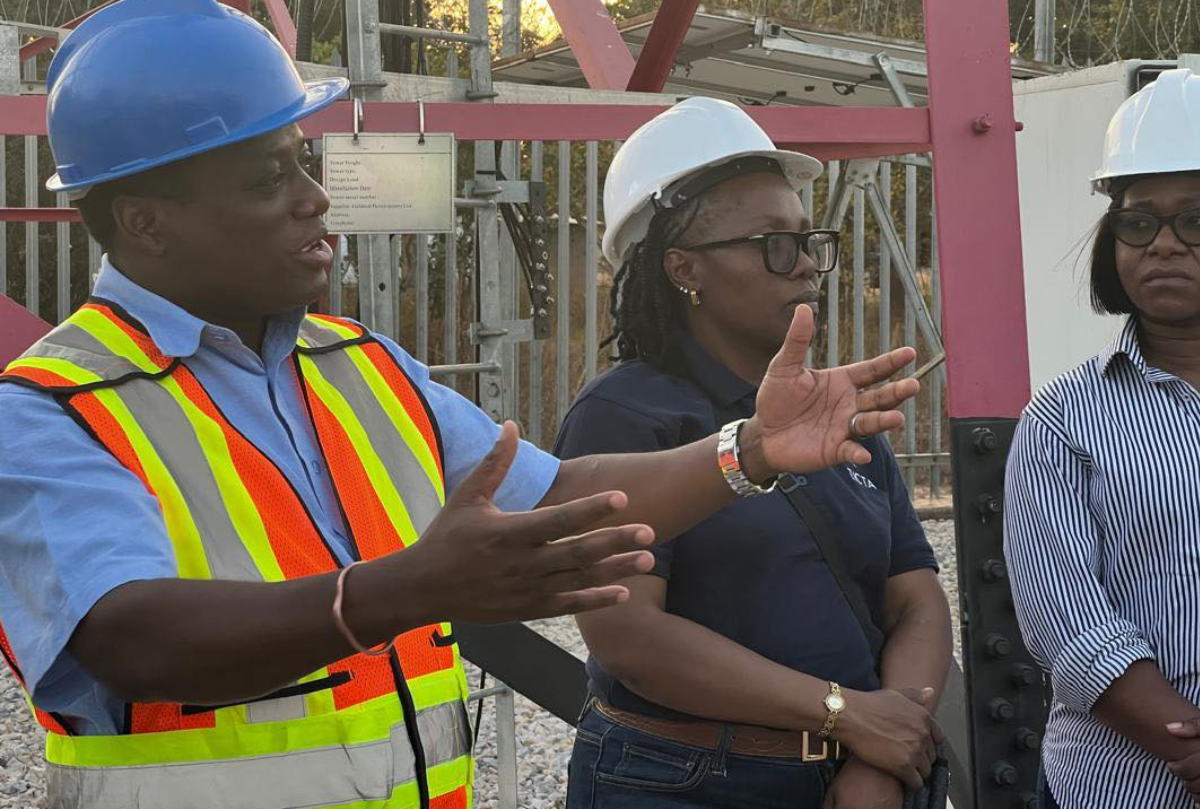ZICTA Board Committee Reviews UASF Projects in Copperbelt and Northwestern Provinces
The inspection covered four major programmes. Under the Telecommunication Towers Programme, the Committee visited Machiya Tower in Mpongwe District, constructed in 2021 under the 24 Towers Project, which provides broadband coverage to over 9,500 people and serves nearby schools, health posts, and polling stations.

The Universal Access and Service Fund (UASF) Committee of the Zambia Information and Communications Technology Authority (ZICTA) Board of Directors recently conducted a field inspection of selected projects in Copperbelt and Northwestern Provinces. The visit, held from August 18 to 22, 2025, was part of the Board’s 2025 Work Plan and aimed to monitor and review initiatives implemented under the UASF to promote digital inclusion in underserved communities. The delegation was joined by the Director General, Eng. Collins Mbulo, and members of ZICTA’s management team.
The inspection covered four major programmes. Under the Telecommunication Towers Programme, the Committee visited Machiya Tower in Mpongwe District, constructed in 2021 under the 24 Towers Project, which provides broadband coverage to over 9,500 people and serves nearby schools, health posts, and polling stations. They also reviewed Lisomona Tower in Masaiti District, completed in 2025 under the 51 Towers Project, which delivers 2G, 3G, and 4G services within a 15 km radius.
Through the Last Mile Optic Fibre Connectivity Programme, the team assessed the connection of the Gemstone Processing and Lapidary Training Centre in Ndola, which was linked in 2021 with 16 Mbps internet bandwidth and equipped with computers, a printer, and a projector. The Community Development College in Kitwe was also connected with 6 Mbps bandwidth and benefited from ICT equipment donations during the 2022/23 financial year.
The Connecting Learning Institutions Programme was another focus area. The Zambia University College of Technology in Ndola received 100 desktop computers, networking equipment, and financial support for new infrastructure, including a Centre of Excellence building. In Kitwe, Miseshi Secondary School continues to benefit from ICT resources provided in 2019, supporting digital learning for over 1,500 pupils.
Under the Inclusive ICT Support Programme, the St Mary’s Special School for the Visually Impaired in Solwezi was highlighted for receiving specialized equipment in 2020/21, including a braille printer, JAWS-enabled computers, and other ICT tools to enhance access for learners with disabilities.
During the tour, the Committee also promoted the use of Zambia’s E-Learning Platform, developed in partnership with the Ministry of Education, encouraging secondary school teachers and learners to embrace online learning as part of the broader effort to improve digital education.
Through these initiatives, ZICTA is advancing its commitment to bridging the digital divide, expanding ICT access, and ensuring inclusive digital development across Zambia.






